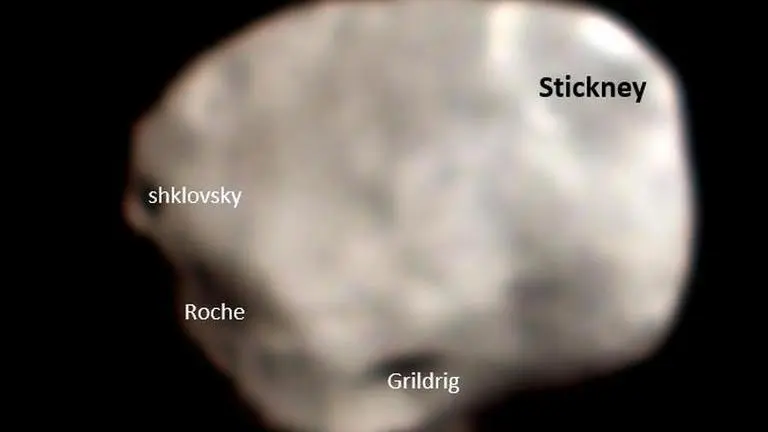Updated 4 July 2020 at 01:16 IST
ISRO’s orbiter mission probe captures image of Mars’ biggest moon Phobos
Indian Space Research Organisation (ISRO) has managed to capture a picture of Mars' biggest moon Phobos with camera onboard the Mars Orbiter Mission (MOM).
- Science News
- 2 min read

Indian Space Research Organisation (ISRO) has managed to capture a picture of Mars' biggest moon Phobos with camera onboard the Mars Orbiter Mission (MOM). According to ISRO's tweets, the picture was taken by India's indigenous probe on July 1.
A recent image of the mysterious moon of Mars, Phobos, as captured by India's Mars Orbiter Mission
— ISRO (@isro) July 3, 2020
For more details visit https://t.co/oFMxLxdign@MarsOrbiter #ISRO pic.twitter.com/5IJuSDBggx
Extraordinary picture of Phobos
According to the ISRO website, the image was captured by the Mars Colour Camera (MCC) that is onboard the Mars Orbiter Mission. Phobos is believed to be the closest and largest moon of Mars. The website further states that the image was taken when Mars was roughly 7,200 kilometres away from the Orbiter while Phobos was at a distance of 4,200 kilometres. It is a composite image that was pieced together using 6 MCC frames and has also been colour corrected, ISRO clarified.
As per ISRO, the picture makes it evident that Phobos is not strictly spherical in shape and that is because the Martian moon has encountered a violent phase in the past wherein a large section was lost during a collision. The image also highlights some of the largest craters on Phobos -- Stickney crater, Shklovsky, Roche and Grildrig craters.
Advertisement
ISRO to make ‘Moon Soil’
Earlier, ISRO acquired the patent to the extraordinary process of manufacturing artificial Moon Soil on Earth. ISRO believes that recreating Lunar soil on Earth will allow it to study the mobility and capabilities of lunar rovers, this research will also help ISRO to anticipate the Moon’s surface before sending more rovers to the moon.
Advertisement
According to reports, the lunar surface comprises of 80 percent of 'Highlands', which are the treacherous areas on the surface of the moon with craters, cavities and mountains. Many other nations and their space agencies have failed to replicate lunar soil.
(Image Credit Twitter/@isro)
Published By : Shubham Bose
Published On: 4 July 2020 at 01:16 IST
